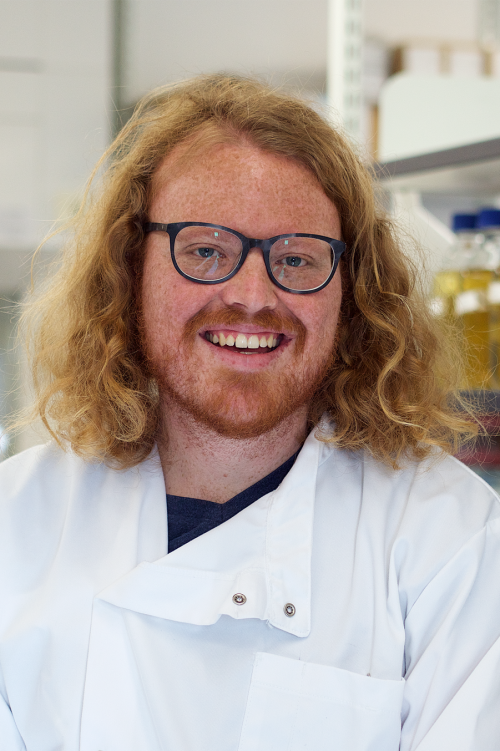
A joint effort from researchers in Dr. Satpal Virdee’s group at the University of Dundee and Prof. Michael Coleman’s group at the University of Cambridge has uncovered a potential new strategy for treating neurodegeneration. In cells the small protein ubiquitin acts as a molecular label directing the fate of the proteins that it is attached to. Ubiquitin is attached to substrate proteins by a group of enzymes known as E3 ligases. The Virdee group discovered how ubiquitin is transferred via the unusual RING-Cys-Relay (RCR) E3 ligase machinery present within the giant protein MYCBP2. Furthermore, they showed that the unique mechanism it employs is required for normal neural development and programmed axon degeneration. Their results suggest that inhibition of the RCR E3 machinery may protect against numerous neuropathies. One such example is chemotherapy‐induced peripheral neuropathy (CIPN), which is a common dose‐limiting side effect experienced by cancer patients. Thus, co-treatment with MYCBP2 inhibitors might improve the efficacy of existing chemotherapies and also reduce the potentially debilitating side effects of CIPN. There is also evidence that MYCBP2 inhibition may afford protection in neurogenerative diseases such as motor neurone disease, multiple sclerosis and Parkinson’s. Their findings are published today in Nature Chemical Biology.
Dr. Peter Mabbitt, a postdoctoral structural biologist in the Virdee lab, solved the X-ray crystal structure of the transient RCR ubiquitin-transfer intermediate using an activity-based probe previously developed by the Virdee group. Dr Mabbitt said, “The activity-based probe acts as a modified substrate that chemically freezes the RCR E3 at the pivotal moment the ubiquitin is transferred to the first active site of the RCR E3. The upstream site is a highly-mobile region within the RCR E3 and the chemical trapping strategy was essential to visualise the intermediate which normally lasts for only fractions of a second”. Dr. Mabbitt’s chemically trapped structure also suggests that the upstream site becomes coiled like a spring and that release of the spring is required for transfer of the ubiquitin molecule to the RCR E3s second active site. These unprecedented molecular gymnastics allow the RCR to target an axon-protective substrate inaccessible by other classes of E3 ligase.
Drs. Andrea Loretto and Marc-André Déry disrupted the RING-Cys-Relay mechanism in an animal model. This allowed them to study the effect of loss of RING-Cys-Relay ubiquitin-transfer in live neurons. In this model disruption of the RING-Cys-Relay mechanism provided protection against axon injury. This strongly suggests that a specific inhibitor of the unusual RCR mechanism may also be neuroprotective.
Using their mouse model of neurodegeneration, activity-based probes and structural data the Virdee group is now in an excellent position to develop and test inhibitors of the RING-Cys-Relay E3.
Dario Alessi, Director of the MRC PPU stated “I congratulate Dr. Peter Mabbitt and other members of the Virdee and Coleman laboratories. This is a superb study of the highest scientific quality that transforms our understanding of the unusual RING-Cys-Relay class of E3 ligase and validates MYCBP2 as a novel therapeutic target for treatment of conditions involving axon degeneration or damage”.
The study was led by researchers at the Medical Research Council Protein Phosphorylation and Ubiquitylation Unit, Dundee and supported by researchers at the John van Geest Centre for Brain Repair, Cambridge. The study was generously funded by the UK Medical Research Council, Biotechnology and Biological Sciences Research Council, and the Wellcome Trust.
Click here to view new manuscript describing these findings.

